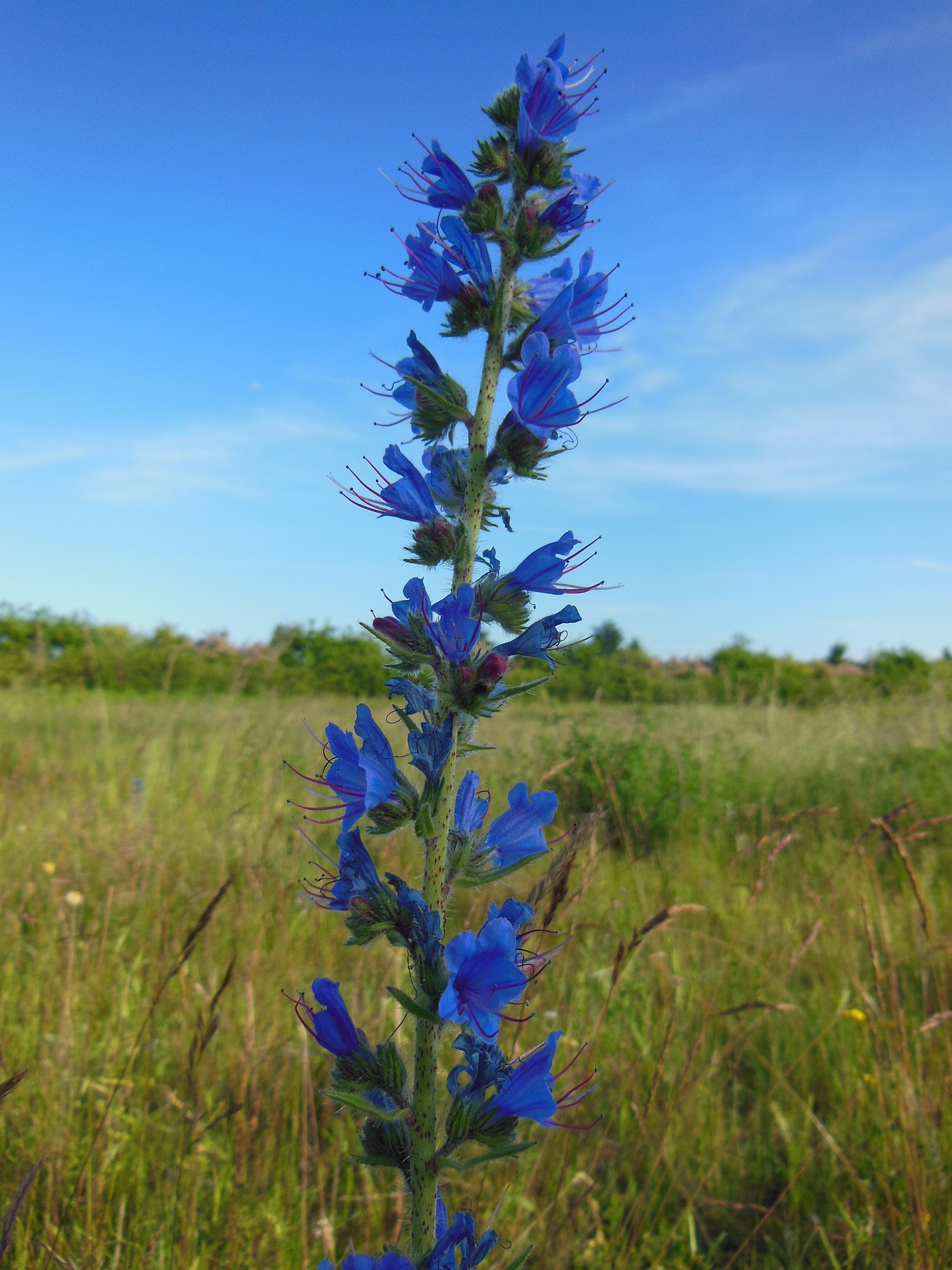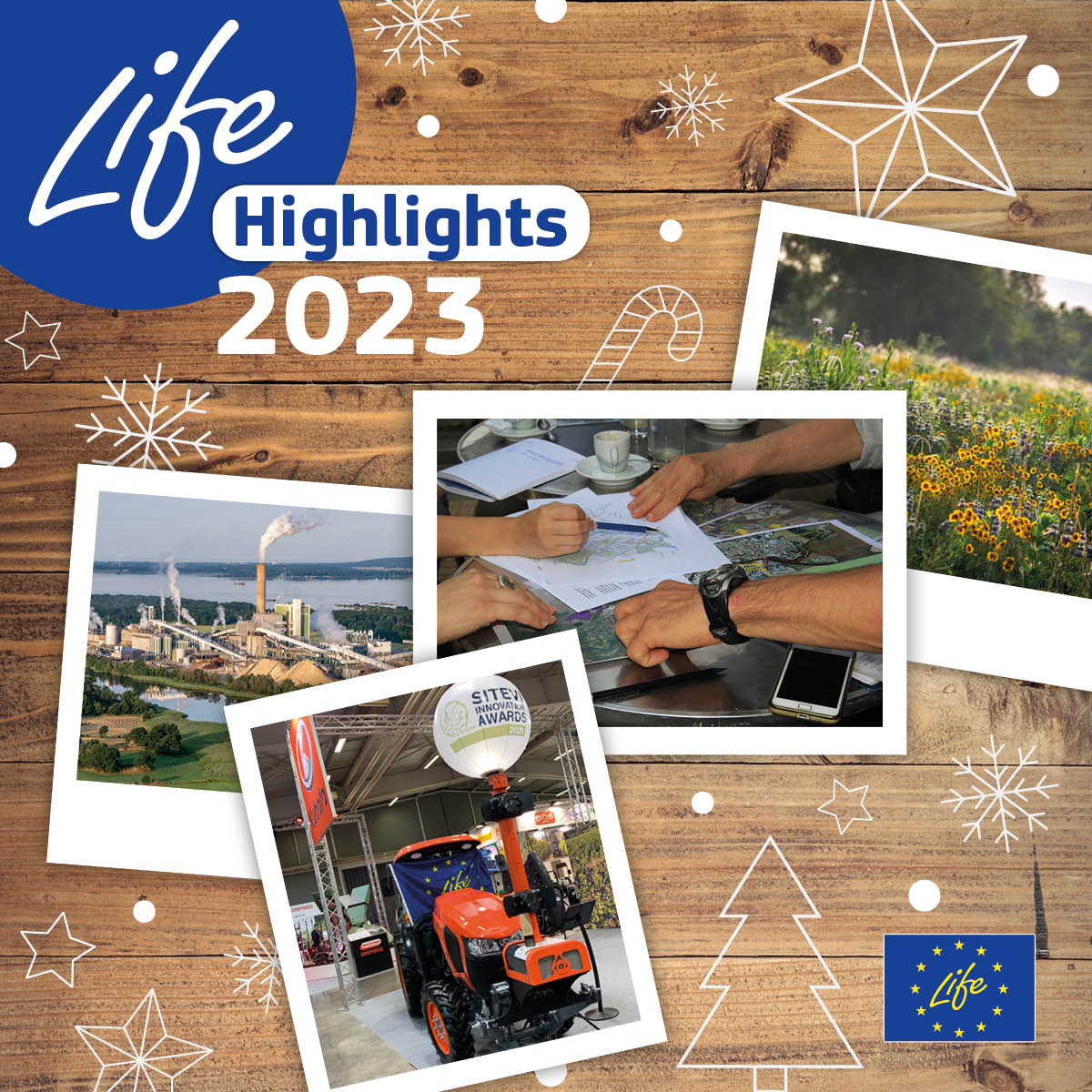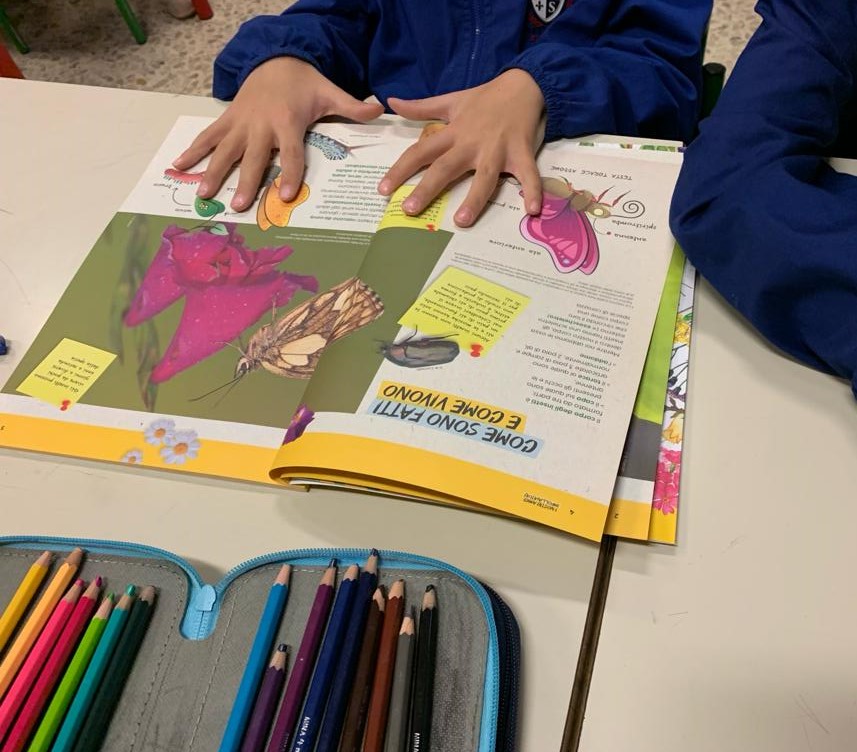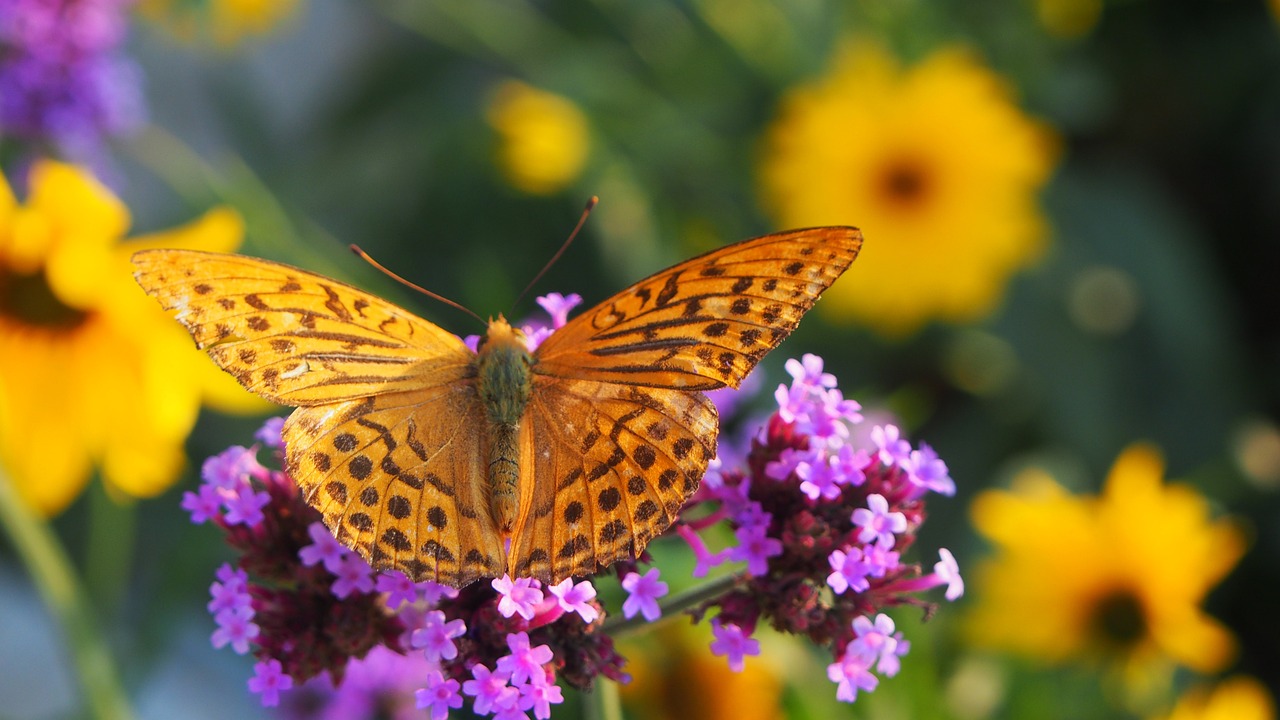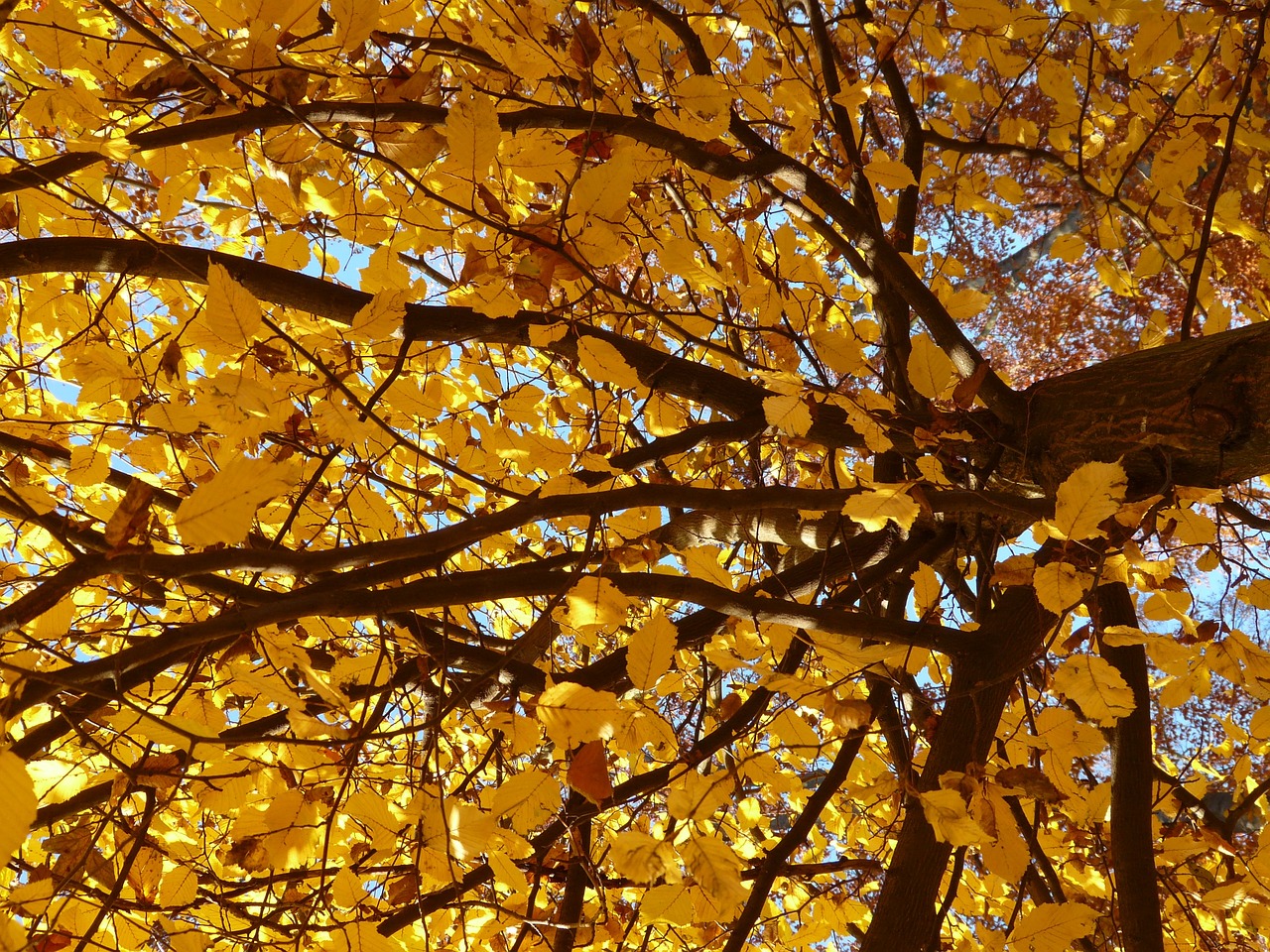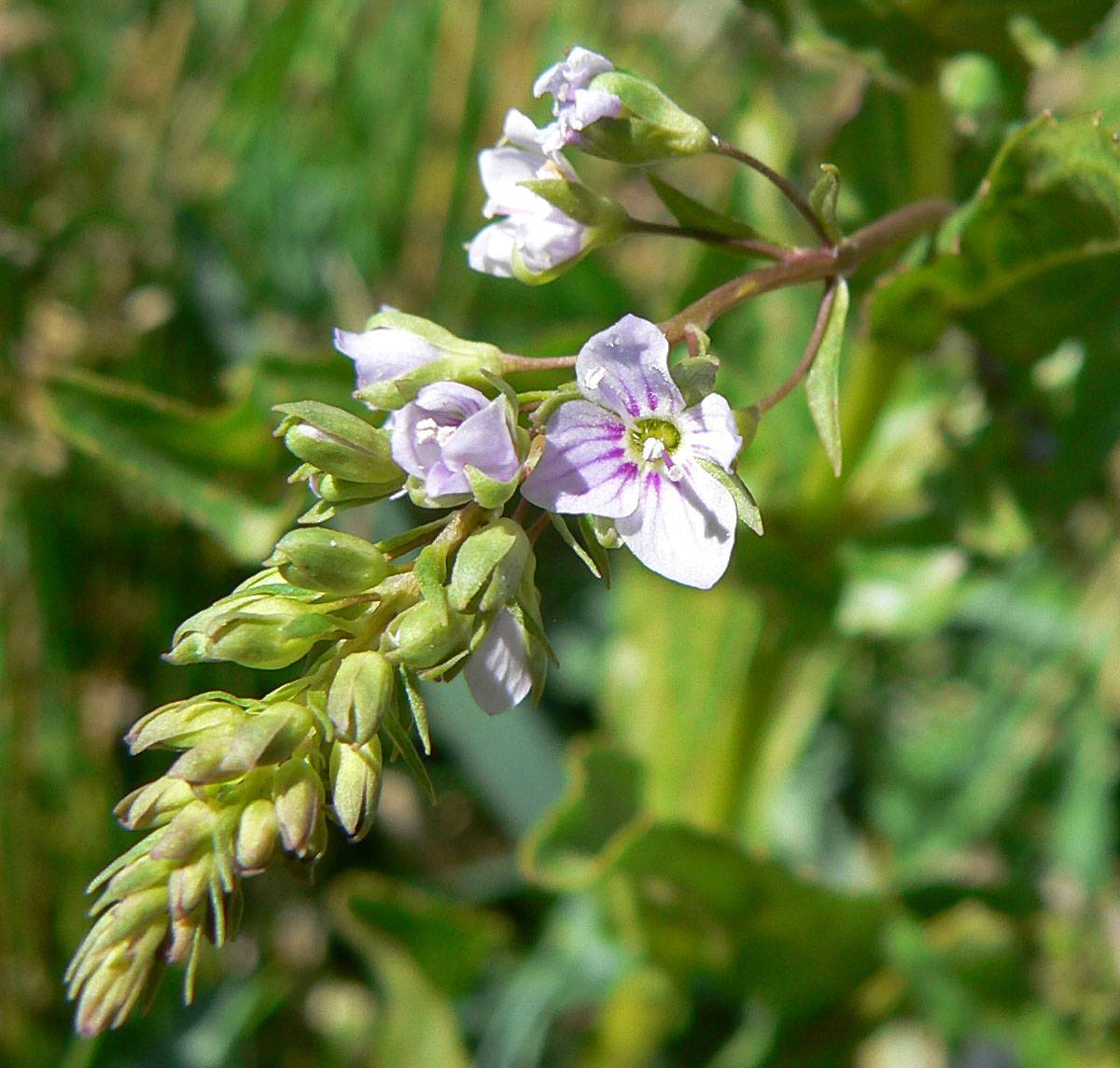Viper’s Bugloss
lifepollinaction2023-12-29T10:29:51+01:00Viper's Bugloss For snakebites... This wild plant, Echium vulgare, belongs to the Boraginaceae family. It grows on dry and bright soils, from plains to mid-mountains. The stems can grow up to almost a meter tall. The flowers are arranged in spike inflorescences and are bell-shaped . Their color changes from pink, before blooming, to a beautiful violet-blue when in full bloom. The flowers of the viper's bugloss are highly sought after by bees , both for pollen and nectar, due to their long blooming period from April to September; excellent monofloral honey can be produced from them. Did you know? [...]


